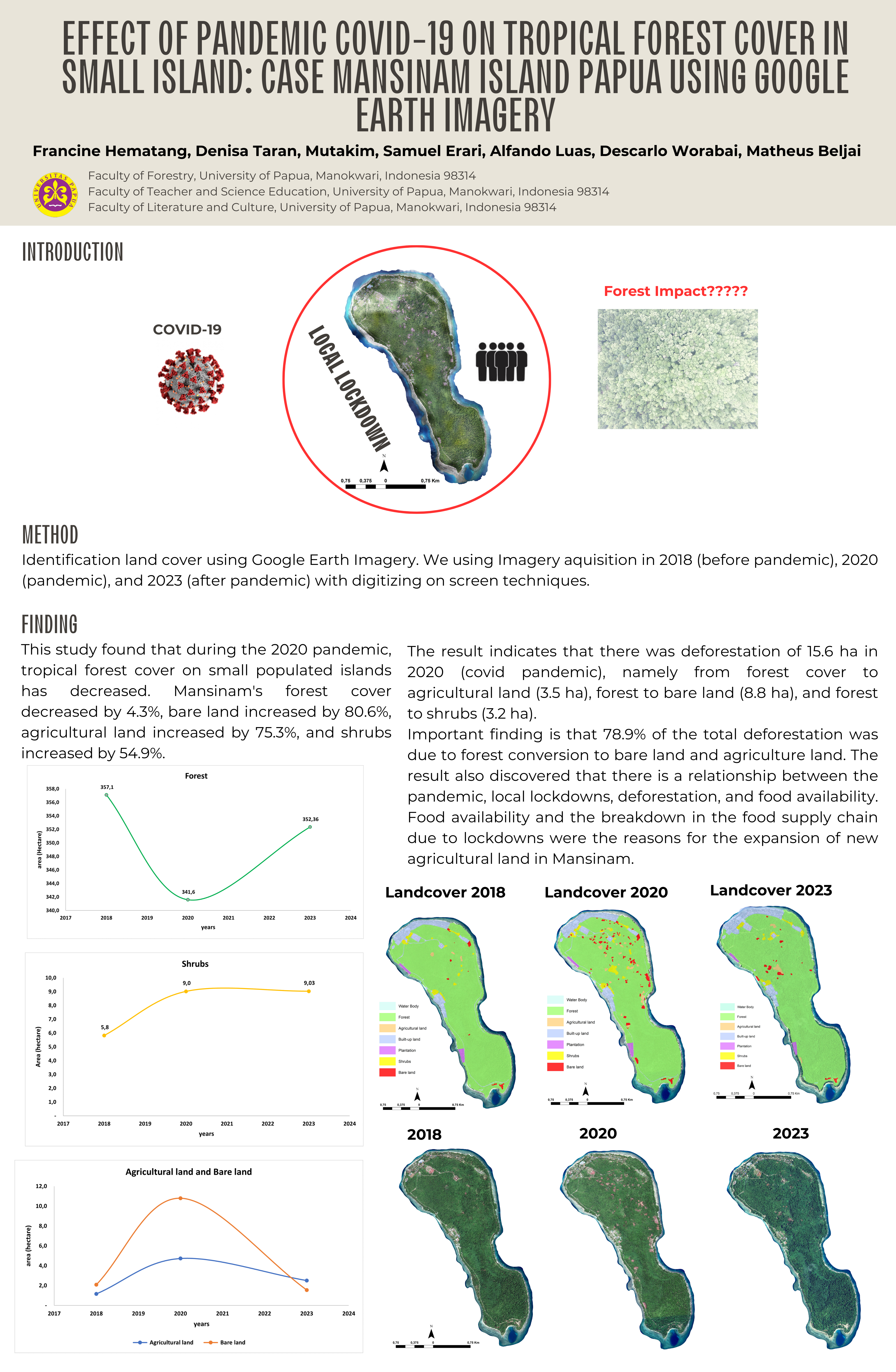Pemanfaatan Etnobotani dari Hutan Tropis Bengkulu sebagai Pestisida
Abstract
Sumatra Island in Indonesia has a high potency of plants diversities. Traditional people have a local wisdom, like using plants extract for pest control which considered as an alternative technique that practical, economical, and environmentally safe. The aim of this study was to do inventory on pest control plants widely used by traditional people in the island. In order to analys the pest control efectivity of the plants, analysis on bioactivities of crude extracts on pest Spodoptera litura was done in invitro scale. The research was carried out in Rejang Lebong District, Bengkulu. Bioactivities test was done in Laboratory of Forest Protection, Palembang Forestry Research Institute. The results revealed as much as 25 species plants potential as biopesticide. Among these plants, 5 species used as fish poison, 17 species used as pesticide, 7 species used as rat poison, and 1 species used as nematode poison. Traditional people in Rejang Lebong District have a long history using these plants regularly to control some pests. Sitawar (Costus speciosus), puar kilat (Globba sp.), and legundi (Vitex trifolia) extracts affected mortalities and inhibitor S. litura development significantly.
Authors
UtamiS., & HanedaN. F. (1). Pemanfaatan Etnobotani dari Hutan Tropis Bengkulu sebagai Pestisida. Jurnal Manajemen Hutan Tropika, 16(3), 143-147. https://doi.org/10.7226/jtfm.16.3.%p
Jurnal Manajemen Hutan Tropika is an open access journal which means that all contents is freely available without charge to the user or his/her institution. Users are allowed to read, download, copy, distribute, print, search, or link to the full texts of the articles in this journal without asking prior permission from the publisher or the author. This is in accordance with the Budapest Open Access Initiative (BOAI) definition of open access.






